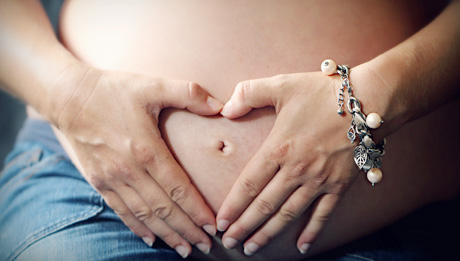Navigation auf uzh.ch
Navigation auf uzh.ch

Global surrogacy tourism is highly agile: If one avenue is blocked, it immediately finds another one. Carolin Schurr, a geographer researching with the support of the Branco Weiss Fellowship, was in just the right place at the right time to observe this agility in action. No sooner had she started searching for traces of the surrogacy business in Mexico than the number of cases rocketed at all the agencies.
The main reasons for this boom in Mexico lie in Thailand and India. Thailand was a stronghold of surrogacy until recently, when the current military regime put a stop to the business and forced the international agencies to seek new terrain. And while India hasn’t outlawed surrogacy completely, since 2012 it has only permitted the practice for married heterosexual couples. The same goes for Russia, Ukraine and Georgia. “This has meant that Mexico has become the last hope alongside the US, especially for homosexual men who want children,” says Carolin Schurr.
What she found in Mexico was a complex system of fertility clinics, international agencies procuring clients, and local agencies recruiting egg donors and surrogate mothers.
Rather than an artificially fertilized egg of her own, a surrogate mother carries another woman’s. Couples wanting a baby from a Mexican surrogate mother have to part with between USD 40,000 and 50.000. Mexican egg donors are paid USD 500 to 600 per donation. At first glance, the USD 12,000 to 13,000 earned by the surrogate mother doesn’t look bad. But then the whole procedure, including health checks and hormone treatments, can last up to a year and a half. Another portion of this money goes to the fertility clinic.
“But it’s the agencies who make most of the profit,” explains Schurr, “and the lawyers.” Lawyers charge up to USD 1,000 “for drafting and getting signatures on the contracts between the agency and surrogate mother and the agency and the commissioning parents.”
But in some cases there isn’t even a contract. “Surrogate mothers and intending parents are very easy to exploit,” says Carolin Schurr. To protect these two vulnerable groups there would be an urgent need for binding international rules regulating the surrogacy market, along the lines of the Hague Convention for International Adoptions. This would include binding rules and life insurance for surrogate mothers (after all, in giving birth these women are risking their lives), plus health insurance to cover any medical problems. And it would also include clear procedures for intending parents.